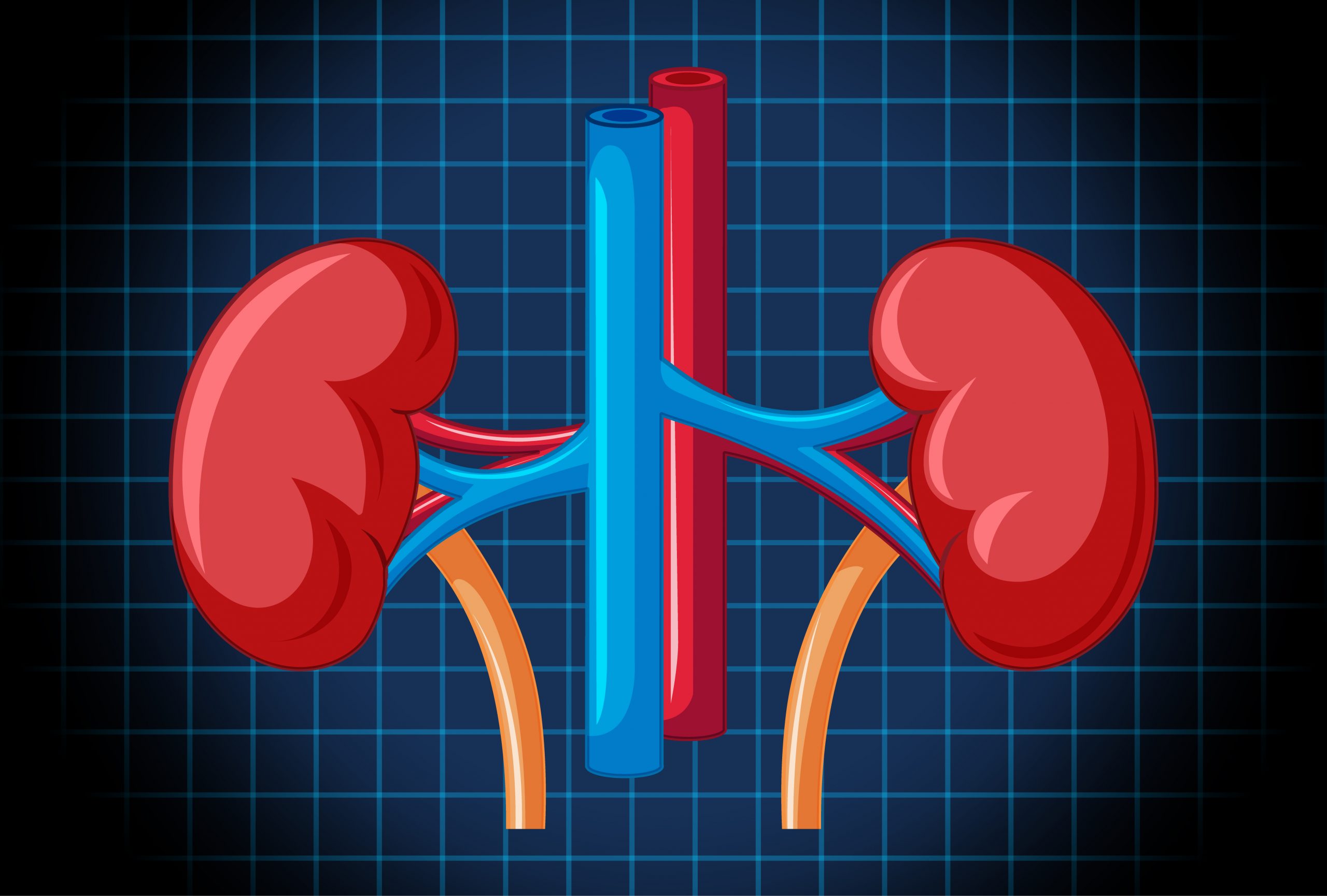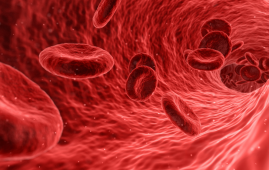

According to new research from the CONVINCE consortium led by University Medical Center Utrecht, mortality in patients with kidney failure treated with high dose hemodiafiltration is 23% lower than mortality in patients treated with high flux hemodialysis.
The study, which was published today in the New England Journal of Medicine, is the first multinational, randomized trial to evaluate the two treatments. The data suggest that increasing the use of high-dose hemodiafiltration would clearly benefit patients.
Chronic kidney disease is a major global health issue that affects an estimated 830 million people worldwide. When the kidneys are unable to function properly, dialysis is used to clean the blood by eliminating waste products, a function ordinarily performed by the kidneys themselves. Around four million individuals globally are on dialysis.
The most prevalent type of dialysis used in the treatment of renal failure is hemodialysis. Though it has improved over time, it is still ineffective at removing bigger molecules from the blood. Hemodiafiltration is a newer method that can remove bigger molecules, however it is not appropriate for all patients due to the increased blood flow rate required to be effective. Previous research have failed to demonstrate definitively that one strategy is superior than the other.
Researchers at UMC Utrecht led the CONVINCE trial, which included collaborators from University College London (UCL), Charité Universitätsmedizin Berlin, University of Bari, The George Institute for Global Health, and Imperial College London, as well as dialysis providers Fresenius Medical Care, Diaverum, and B. Braun Avitum. It is the first worldwide, randomized experiment comparing high-flux hemodialysis versus high-dose hemodiafiltration to determine whether treatment is superior.
A total of 1,360 patients were randomized among 61 facilities in eight European nations, with 683 receiving high-dose hemodiafiltration and 677 receiving high-flux hemodialysis three times a week.
During a 30-month median follow-up, the all-cause death rate for individuals receiving high-flux hemodialysis was 21.9%, compared to 17.3% for those receiving high-volume hemodiafiltration. This 4.6% difference equates to a 23% decrease in the chance of mortality.
Lead investigator, Professor Peter Blankestijn (UMC Utrecht), said, “Our results show clear survival benefits for using hemodiafiltration over hemodialysis to treat kidney failure, akin to a 23% reduction in all-cause mortality. My hope is that hemodiafiltration can become the new standard.”
Professor Matthias Rose (Charité University, Berlin), a senior author of the study and expert in patient-reported outcomes, said, “In addition to clinical events, patient perception and thus reported outcomes are very important. We are currently performing in-depth analyses of the extensive data on patient-reported outcomes that have been collected in the CONVINCE study, with results expected later this year.”
While hemodialysis is conventional treatment in most nations, hemodiafiltration is less common in some locations and not used at all in others, such as the United States. Most modern dialysis machines can perform either modality, making the transition to hemodiafiltration quite simple.
Professor Andrew Davenport (UCL Medicine and the Royal Free Hospital), a senior author of the study, said, “During my career I’ve watched new treatments emerge for many diseases, from diabetes to cancer, but we haven’t seen the same advances in the treatment of chronic kidney disease. This study proves that targeting different molecules through hemodiafiltration has clear benefits for patients. I would say that this is the first major step forward in many years and is good news for kidney disease patients and their families.”
more recommended stories
 Fat-Regulating Enzyme Offers New Target for Obesity
Fat-Regulating Enzyme Offers New Target for ObesityKey Highlights (Quick Summary) Researchers identified.
 Spatial Computing Explains How Brain Organizes Cognition
Spatial Computing Explains How Brain Organizes CognitionKey Takeaways (Quick Summary) MIT researchers.
 Gestational Diabetes Risk Identified by Blood Metabolites
Gestational Diabetes Risk Identified by Blood MetabolitesKey Takeaways (Quick Summary for Clinicians).
 Phage Therapy Study Reveals RNA-Based Infection Control
Phage Therapy Study Reveals RNA-Based Infection ControlKey Takeaways (Quick Summary) Researchers uncovered.
 Pelvic Floor Disorders: Treatable Yet Often Ignored
Pelvic Floor Disorders: Treatable Yet Often IgnoredKey Takeaways (Quick Summary) Pelvic floor.
 Urine-Based microRNA Aging Clock Predicts Biological Age
Urine-Based microRNA Aging Clock Predicts Biological AgeKey Takeaways (Quick Summary) Researchers developed.
 Circadian Control of Neutrophils in Myocardial Infarction
Circadian Control of Neutrophils in Myocardial InfarctionKey Takeaways for HCPs Neutrophil activity.
 E-Cigarette Use and Heart Attack Risk in Former Smokers
E-Cigarette Use and Heart Attack Risk in Former SmokersKey Takeaways for Clinicians and Nurses.
 36-Week Pre-eclampsia Screening May Reduce Term Risk
36-Week Pre-eclampsia Screening May Reduce Term RiskA New Preventive Strategy for Term.
 Cardiovascular Risk and Sudden Cardiac Death in Diabetes
Cardiovascular Risk and Sudden Cardiac Death in DiabetesRising Sudden Cardiac Death (SCD) Risk.

Leave a Comment